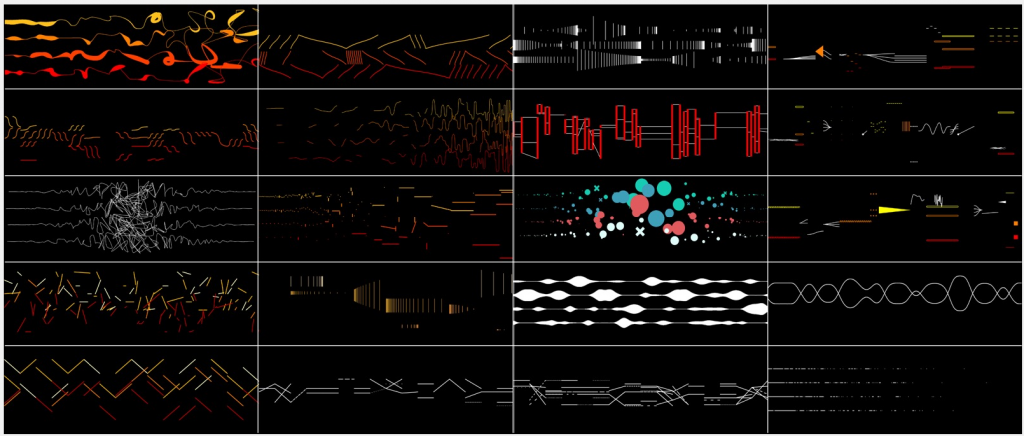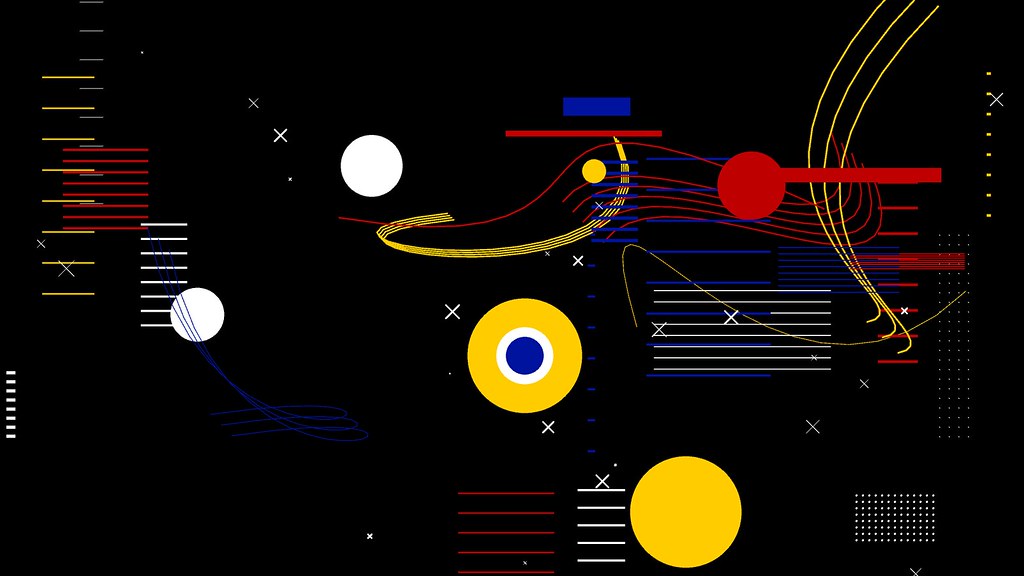sketch
let yChange = 0;function setup() {
createCanvas(600, 450);
background(0);
}
function draw() {
yChange = mouseY/50 background(0);
fill(255, 231, 179);
stroke(240, 203, 158);
quad(300,175/yChange,220,150,300,130,380,150); fill(119, 199, 195);
stroke(240, 176, 0)
strokeWeight(0.1);
ellipse(300,150,100,25);
ellipse(300,148,100,25);
ellipse(300,146,100,25);
ellipse(300,144,96,24);
ellipse(300,142,96,24);
ellipse(300,140,92,23);
ellipse(300,138,92,23);
ellipse(300,136,84,22);
ellipse(300,134,84,22);
ellipse(300,132,74,21);
ellipse(300,130,74,21);
ellipse(300,128,62,18);
ellipse(300,126,62,16);
ellipse(300,124,46,14);
ellipse(300,122,36,12);
ellipse(300,120,26,10);
ellipse(300,118,16,8);
fill(255, 231, 179);
stroke(240, 203, 158);
quad(220,150,300,175/yChange,300,300/yChange,220,275/yChange); quad(300,300/yChange,300,175/yChange,380,150,380,275/yChange);
if (mouseY < 50) { scaleY = (20-mouseY)/5; if (scaleY < 1) {
scaleY = 1;
}
background(0);
translate(300,175); newY = 175;
scale(scaleY);
quad(0,0,-80,-25,0,-45,80,-25); quad(-80,-25,0,0,0,125,-80,100); quad(0,125,0,0,80,-25,80,100); fill(119+(mouseY),199+(mouseY),195+(mouseY));
stroke(240, 176, 0)
strokeWeight(0.1);
ellipse(0,150-newY,100,25);
ellipse(0,148-newY,100,25);
ellipse(0,146-newY,100,25);
ellipse(0,144-newY,96,24);
ellipse(0,142-newY,96,24);
ellipse(0,140-newY,92,23);
ellipse(0,138-newY,92,23);
ellipse(0,136-newY,84,22);
ellipse(0,134-newY,84,22);
ellipse(0,132-newY,74,21);
ellipse(0,130-newY,74,21);
ellipse(0,128-newY,62,18);
ellipse(0,126-newY,62,16);
ellipse(0,124-newY,46,14);
ellipse(0,122-newY,36,12);
ellipse(0,120-newY,26,10);
ellipse(0,118-newY,16,8);
}
if(mouseY >= 91){ background(mouseY-91*(mouseY/91)+(mouseX/10),mouseY-27*(mouseY/91)+(mouseX/10),mouseY-38*(mouseY/91)+(mouseX/10)); quad(300,175/(91/50),220,150,300,300/(91/50)+(mouseY-91),380,150); quad(220,150-(mouseY-91),300,175/(91/50)-(mouseY-91),300,300/yChange-(yChange*10),220,275/(91/50)); quad(300,300/yChange-(yChange*10),300,175/(91/50)-(mouseY-91),380,150-(mouseY-91),380,275/(91/50)); fill(mouseY-100);
stroke(240, 176, 0)
beginShape();
vertex(270,140-(yChange*10));
vertex(285,150-(yChange*10));
vertex(315,150-(yChange*10));
vertex(330,140-(yChange*10));
vertex(315,130-(yChange*10));
vertex(285,130-(yChange*10));
endShape(CLOSE);
quad(270,140,285,150,285,150-(yChange*10),270,140-(yChange*10));
quad(315,150,330,140,330,140-(yChange*10),315,150-(yChange*10));
noStroke();
quad(285,150-(yChange*10),315,150-(yChange*10),315,150,285,150);
if(mouseY >= 124){ background(mouseY-91*(mouseY/91)+(mouseX/10),mouseY-27*(mouseY/91)+(mouseX/10),mouseY-38*(mouseY/91)+(mouseX/10));
fill(255, 231, 179);
stroke(240, 203, 158);
quad(220,150-(mouseY-91),300,175/(91/50)-(mouseY-91),300,300/(91/50),220,275/(91/50)); quad(300,300/(91/50),300,175/(91/50)-(mouseY-91),380,150-(mouseY-91),380,275/(91/50)); quad(300,175/(91/50),220,150,300,300/(91/50)+(mouseY-91),380,150); fill(mouseY-100);
stroke(240, 176, 0)
beginShape();
vertex(270,140-(mouseY-91));
vertex(285,150-(mouseY-91));
vertex(315,150-(mouseY-91));
vertex(330,140-(mouseY-91));
vertex(315,130-(mouseY-91));
vertex(285,130-(mouseY-91));
endShape(CLOSE);
quad(270,140,285,150,285,150-(mouseY-91),270,140-(mouseY-91));
quad(315,150,330,140,330,140-(mouseY-91),315,150-(mouseY-91));
noStroke();
quad(285,150-(mouseY-91),315,150-(mouseY-91),315,150,285,150);
if (mouseY >= 185){ background(mouseY-91*(mouseY/91)+(mouseX/10),mouseY-27*(mouseY/91)+(mouseX/10),mouseY-38*(mouseY/91)+(mouseX/10));
scaleY = -1*(185-mouseY)/8; if (scaleY < 1) {
scaleY = 1;
}
fill(255, 231, 179);
stroke(240, 203, 158);
translate(300,175/(91/50)); scale(scaleY);
quad(-80,150-(185-91)-175/(91/50),0,175/(91/50)-(185-91)-175/(91/50),0,300/(91/50)-175/(91/50),-80,275/(91/50)-175/(91/50)); quad(0,300/(91/50)-175/(91/50),0,175/(91/50)-(185-91)-175/(91/50),80,150-(185-91)-175/(91/50),80,275/(91/50)-175/(91/50)); quad(0,175/(91/50)-175/(91/50),-80,150-175/(91/50),0,300/(91/50)+(185-91)-175/(91/50),80,150-175/(91/50)); fill(mouseY-100);
stroke(240, 176, 0)
beginShape();
vertex(-30,140-(mouseY-91)-175/(91/50));
vertex(-15,150-(mouseY-91)-175/(91/50));
vertex(15,150-(mouseY-91)-175/(91/50));
vertex(30,140-(mouseY-91)-175/(91/50));
vertex(15,130-(mouseY-91)-175/(91/50));
vertex(-15,130-(mouseY-91)-175/(91/50));
endShape(CLOSE);
quad(-30,140-175/(91/50),-15,150-175/(91/50),-15,150-(mouseY-91)-175/(91/50),-30,140-(mouseY-91)-175/(91/50));
quad(15,150-175/(91/50),30,140-175/(91/50),30,140-(mouseY-91)-175/(91/50),15,150-(mouseY-91)-175/(91/50));
noStroke();
quad(-15,150-(mouseY-91)-175/(91/50),15,150-(mouseY-91)-175/(91/50),15,150-175/(91/50),-15,150-175/(91/50));
}
}
}
print(mouseY);
}
![[OLD SEMESTER] 15-104 • Introduction to Computing for Creative Practice](../../../../wp-content/uploads/2023/09/stop-banner.png)

